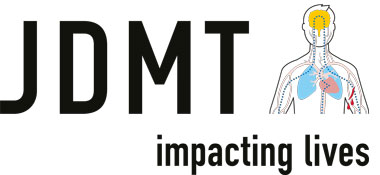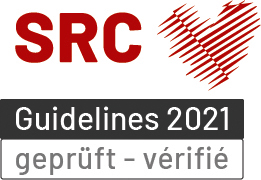The COVID 19 pandemic, infectious events in general, can be structured and explained in very different ways. One of them is the perspective of companies for coping with this huge event. From the perspective of companies, the second of three phases of the COVID-19 pandemic (JDMT 3-phase model for coping with pandemics in companies) is now beginning in Switzerland.
While the first phase was characterised by the early identification of an evolving threat, the set up of the company’s pandemic plan, the organisation of crisis management teams with the implementation of measures to respond to the official requirements and the management of the pandemic situation in the company (“crisis phase”), the second phase will cover the period of time, after a first peak, during which the first official requirements are relaxed, other restrictions continue to apply and the danger remains of a sudden resurgence of COVID-19-related hospitalisation will lead to a further tightening of official restrictions (“pandemic dwell period”). Finally, the third phase describes the period of transition to normal conditions, including a review of lessons learned and preparation measures for a new pandemic crisis (“interpandemic phase”).
Nobody knows the development of the COVID-19 pandemic, not only because it is a first-time and unique event, but also because the behaviour of people, which significantly influenced by the political decisions of parliaments, governments and authorities, has a significant impact on the development of COVID-19. The probable development from JDMT optics has been graphically described by Imperial College London. The capacity of intensive care units acts as a trigger for an intensification or relaxation of suppressive measures: If the capacity of the intensive care units is occupied above a defined value, the COVID-19 suppression screws must be tightened again; if they fall below the defined value, the screws may be loosened.
The first phase according to the JDMT 3-phase model lasted approximately 3.5 months in Switzerland (beginning of January 2020 until mid-April 2020). The second phase, however, should last four times longer, namely a good 14 months (mid-April 2020 to the end of June 2021). JDMT assumes that a vaccine will not be available before spring 2021 and for the vaccination to be implemented and sufficiently availability will probably last until autumn 2021, although from May 2021 onward the prospect of ending the COVID-19 pandemic in Switzerland will be foreseeable.
The challenges for management and crisis management teams in companies are not likely to become smaller in the second phase, which is now beginning, but rather different from those in the first phase. The ability to plan remains low, imponderables remain to a considerable extent and additional demands are made on the sustainability of the crisis management teams. And the relative stability that was achieved with the suppression measures will give way to volatility and uncertainty as soon as the screws are loosened.
To make matters worse, not only the development of the pandemic depends on many factors, but also the measures taken by the authorities in connection with the pandemic with an impact on society and the economy are diverse and depend on many factors. In contrast to the first phase, where the government quickly escalated to and decided on extraordinary measures, there is now a high probability that a stop & go policy will be introduced, which the company’s own crisis organisation must be prepared for.
JDMT supports companies with a wide range of services to help them cope with the COVID 19 pandemic.








